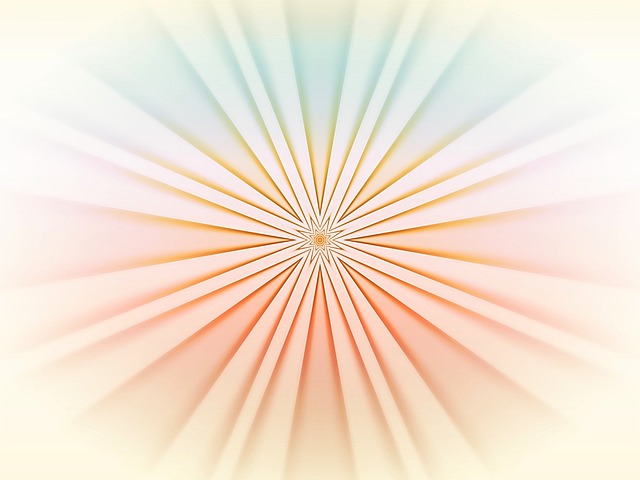In the vibrant world of painting, few elements evoke as profound an emotional response as abstract images. These captivating visual forms challenge the conventional boundaries of representation and invite viewers to embark on a personal journey of interpretation. In the realm of fine arts, abstract painting stands as a revolutionary movement that emerged in the early 20th century, encouraging artists to prioritize expression over realism.
The beauty of abstract images lies in their ability to transcend the ordinary, transforming colors, shapes, and textures into powerful narratives that resonate on an emotional level. Each brushstroke becomes a whisper of the artist’s inner thoughts, a reflection of their psyche, or a commentary on the cultural landscape. In the chaos of modern life, abstract art offers a sanctuary of contemplation. It encourages viewers to pause, reflect, and derive their own meanings from the untamed forms laid before them.
As we dive deeper into the culture of art, we recognize that abstraction is not merely a style but a way of seeing the world. It compels artists and observers alike to engage with the intangible—feelings, moods, and ideas that often evade clarity. A vibrant swirl of colors can evoke joy, while sharp, jagged lines might conjure a sense of turmoil or confusion. This complex interplay of emotions creates a unique connection between the artwork and the viewer, making the experience profoundly personal.
Furthermore, the role of abstract images in painting extends beyond individual expression; they also provoke dialogue within the larger cultural context. Each piece can serve as a critique, a celebration, or an exploration of contemporary society. Artists like Wassily Kandinsky and Piet Mondrian harnessed abstraction to challenge societal norms and question the status quo, paving the way for future generations to explore their artistic identities freely.
In considering the essence of abstract images, we must also embrace the idea of relativity. Just as no two viewers will derive the same interpretation from an artwork, the creation of abstract art is inherently subjective. Artists draw on their personal emotions, experiences, and cultural backgrounds to produce pieces that resonate uniquely with different audiences. This diversity enriches the art world, fostering an environment ripe for collaboration and innovation.
To appreciate abstract images fully, one must approach them with an open mind and heart. Engage with the colors, explore the forms, and allow your imagination to wander. The beauty of abstraction is found in its freedom – the freedom to feel, to imagine, and to connect without constraints. As you navigate the world of painting, let the abstract guides your introspection, reminding you that sometimes the most profound truths are the ones that lie beyond the literal.
In conclusion, abstract images in painting serve as powerful vessels of emotion and ideas, reflecting our complex cultural tapestry. They encourage us to break away from the confines of traditional representation and embrace a world where art speaks to our innermost selves. So, the next time you encounter an abstract piece, take a moment to immerse yourself in its depths and discover the stories waiting just beyond the surface.




